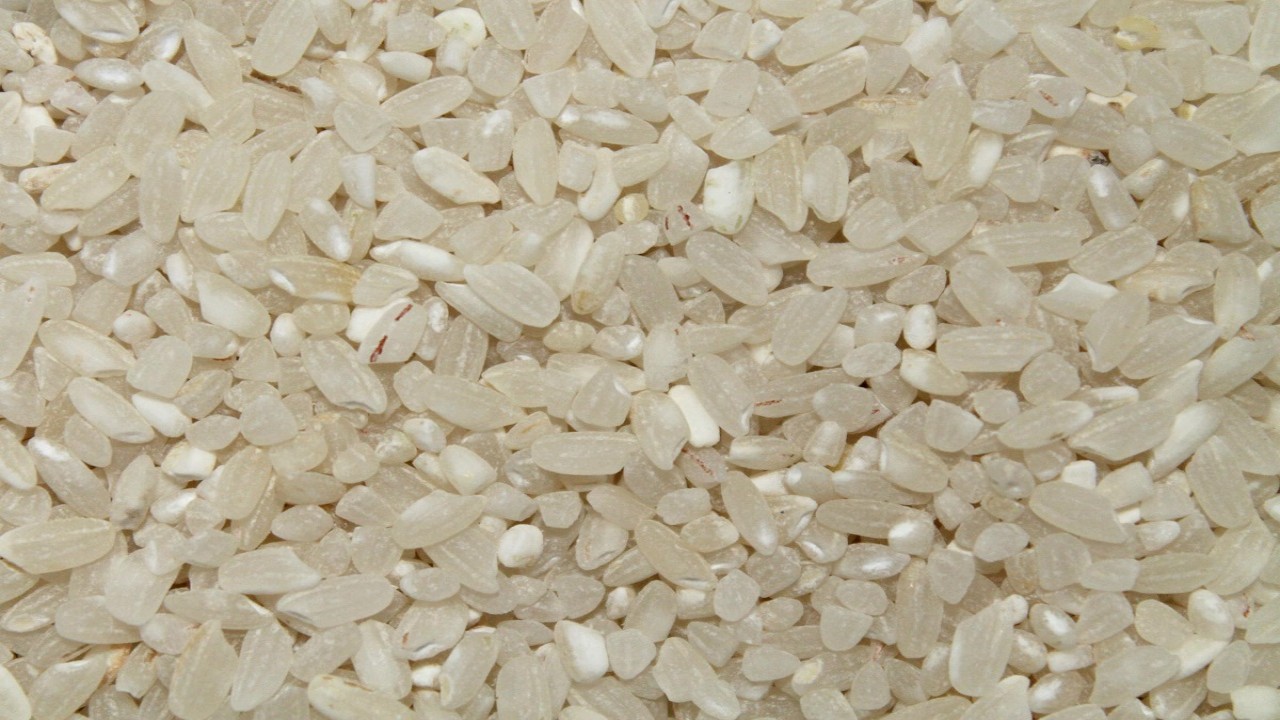
Rice Milling Machine
September 22, 2020, 3:30 pm
Rice, one of the most consumed food in Nigeria, can be stored un-milled until it is required for eating.
At that point, a rice milling machine is used to remove the hard husk of raw rice and polish the kernel. Rice hulls or rice husks are the hard protecting coverings of grains of rice. In addition to protecting rice during the growing season, rice hulls can be put to use as buildingmaterial, fertilizer, insulation material, or fuel. Rice hulls are part of the chaff of the rice.
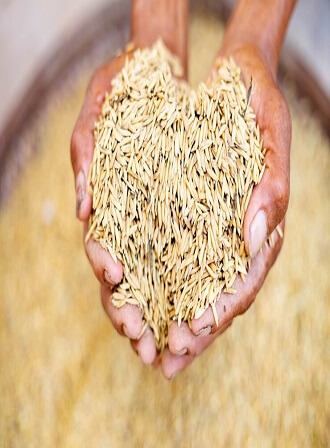
Rice Milling Machine
Rice Milling is the process of removing the husk of raw rice in order for it to be edible or fit for eating. Rice Milling machines converts raw rice into rice that is bagged and sold to consumers. Rice milling is one of the most profitable aspect of the rice value chain business in Nigeria. From our field work and analysis, Rice Millers make over 50% gross profits. This is because they buy raw rice very cheap from rice farmers and sell it for over 1000% the price of raw rice.
Rice Milling Machine Operations
A rice milling machine is an agricultural machine used to automate the process of removing the chaff (the outer husks) of grains of rice. Throughout history, there have been numerous techniques used to hull rice. Traditionally, it would be pounded using some form of mortar and pestle.
An early simple machine to do this is a rice pounder. Later even more efficient machinery was developed to hull and polish rice. These machines are most widely developed and used throughout Asia and the most popular type is the Engelberghuller designed by German Brazilian engineer Evaristo Conrado Engelberg in Brazil and first patented in 1885.
The Engelberg huller uses steel rollers to remove the husk. Other types of huller include the disk or cono huller which uses an abrasive rotating disk to first remove the husk before passing the grain to conical rollers which polish it to make white rice, this is done repeatedly since other sides of circular side of rice are not husked.
Rubber rollers may be used to reduce the amount of breakage of the grains, so increasing the yield of the best quality head rice, but the rubber rollers tend to require frequent replacement, which can be a significant drawback.
There are different types of rice milling machine available but the type of rice end product determines the type of rice milling machine farmers should get between an under-runner disc, a rubber-roll or an Engelberg rice mill.
The choice of rice milling machine to get also often depends on the ability to share existing knowledge and experience, and the knowledge that maintenance support can be obtained quickly if trouble arises.
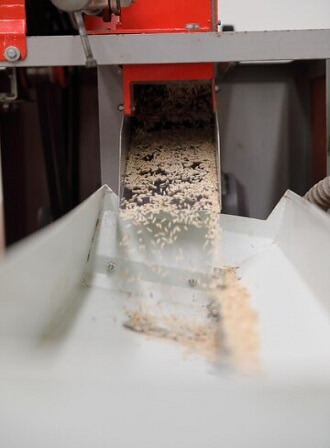
The under runner disc mill is very popular in Indian, for example, but virtually unheard of in Africa; there is, however, some pressure to adopt the rubber-roll mill, which produces fewer broken grains.
If the quality of the rice end product isn’t an issue, the Engelberg rice milling machine is the best option for small-scale rice milling because it is relatively inexpensive, robust and readily repaired. It has few moving parts to wear out and provides an acceptable quality of rice. The skills to operate and maintain this machine can be learned quickly.
Rice farmers have in general been the most likely people to buy rice milling machines. They have the raw, unmilled rice, can see the added value that comes from milling the grain and can easily install the equipment on their farms. They can set up a small building and may have access to labour or a family member to operate the rice milling machine.
They may transfer some of their existing tasks in order to concentrate on the milling, which requires skill in operation and management. Most farmers would wish to keep an item representing such considerable investment under their personal control.
Eventually, facilities for parboiling, drying, cleaning or polishing the milled rice can be linked to the enterprise and will add value to the finished product. Rice polishers are abrasive machines that use talc or some other very fine dust to buff the outer surface of rice kernels. In Japanese farming communities there is often a shared rice polishing machine. The first fully automated rice polishing machine is believed to have been patented by the English engineer and inventor Sampson Moore in 1861. In the 20th century, kitchen appliances for consumers were created that allowed individual cooks to polish rice in their homes
After all these processes have been carried out on the unmilled rice, the rice can be sold directly into the retail market thereby allowing rice farmers earn more money.
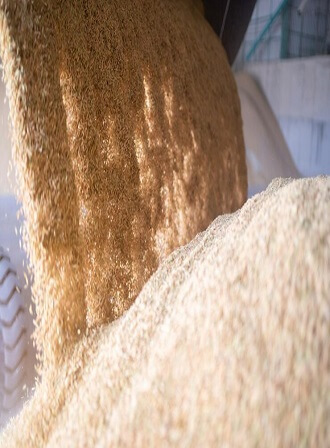
We have a Rice Milling machine business plan that will show you in clear details the steps you should take to start a profitable rice milling business. The cost of getting our rice farming and processing business plan is N220,000.
To get details for offline payment for our rice farming and processing business plan, call/chat with us on +2348089864121 or send a mail to agsolutions@agricdemy.com
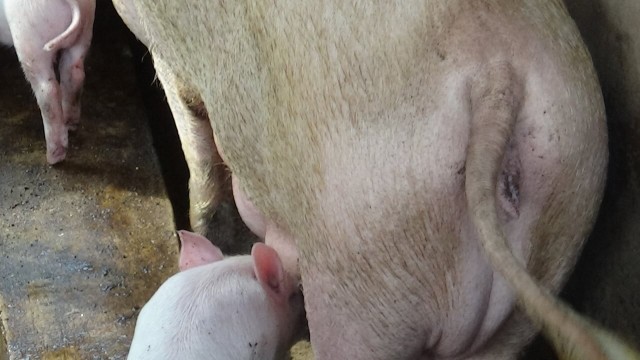
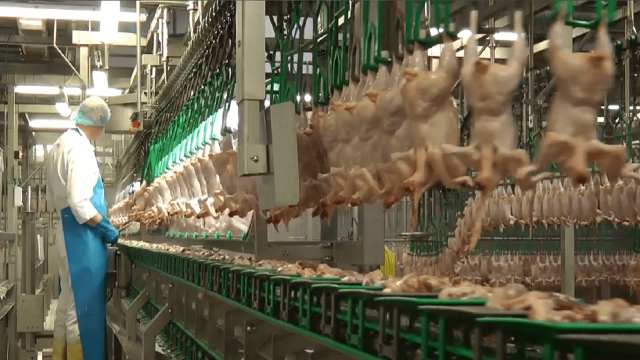
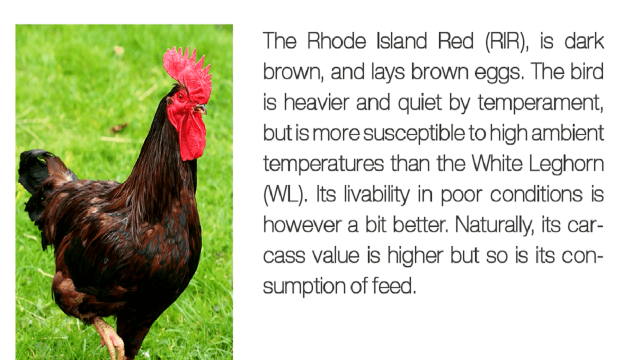
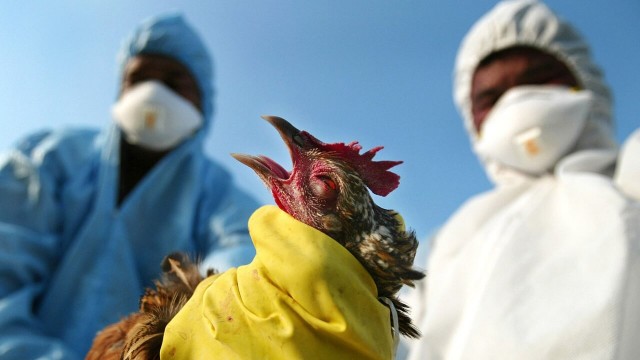
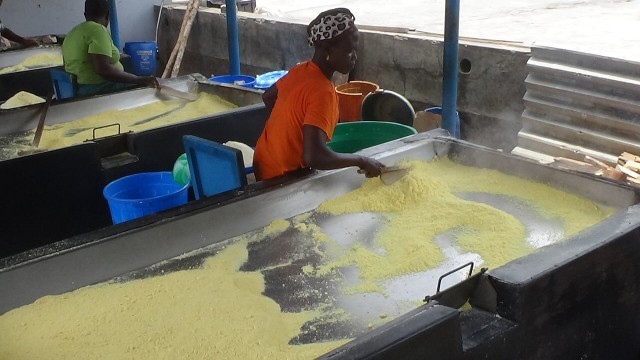
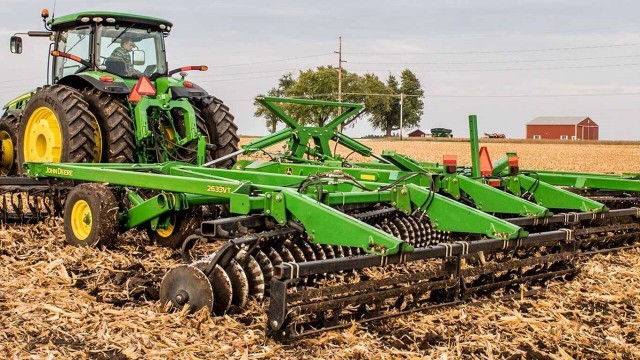
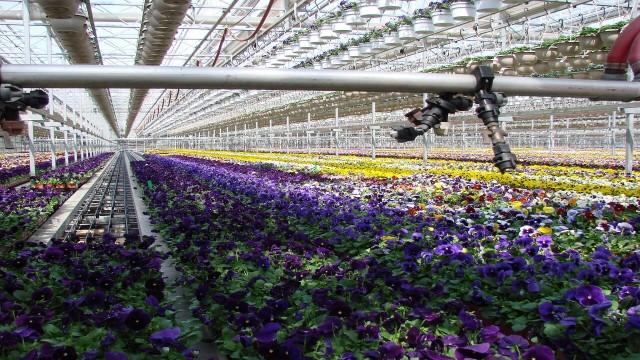
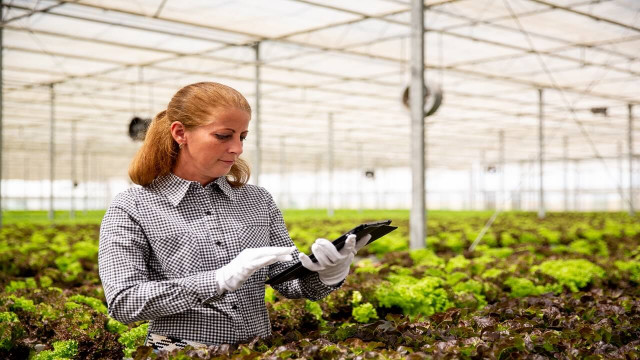
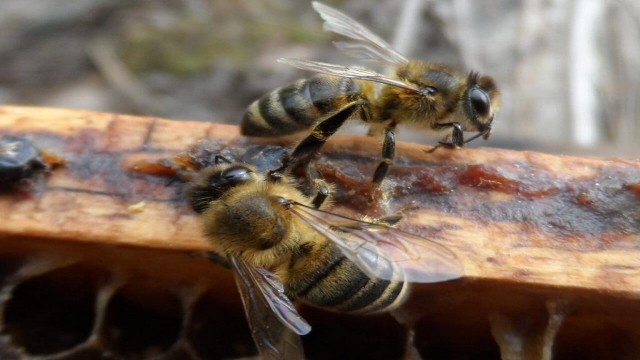

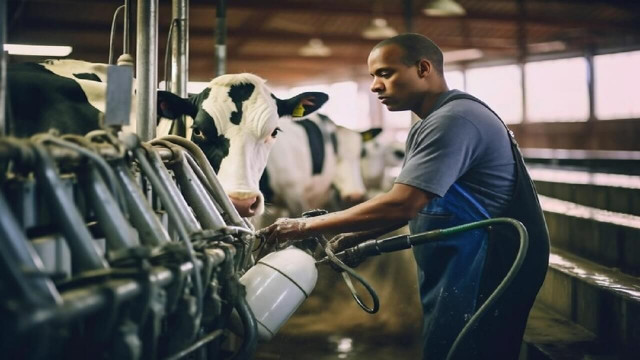

Share This Article: